If you are looking for a career in the healthcare or pharma industry, one path you may not have considered is becoming a pharmacy technician. Pharmacy technicians are valuable team members of pharmacies across the country. What is a pharmacy technician, and what do they do? We’re glad you asked because below we have compiled a list of frequently asked questions about the pharmacy technician occupation.
What do pharmacy techs do?
Pharmacy technicians play a vital role in the day-to-day operations of a pharmacy. They assist pharmacists in running a pharmacy by doing things like organizing and maintaining inventory, packaging and labeling prescriptions, answering phones and other acts of customer service. They are often the last point of contact patients have when picking up their prescription drugs. Without pharmacy technicians, pharmacies could not operate as well as they currently do.
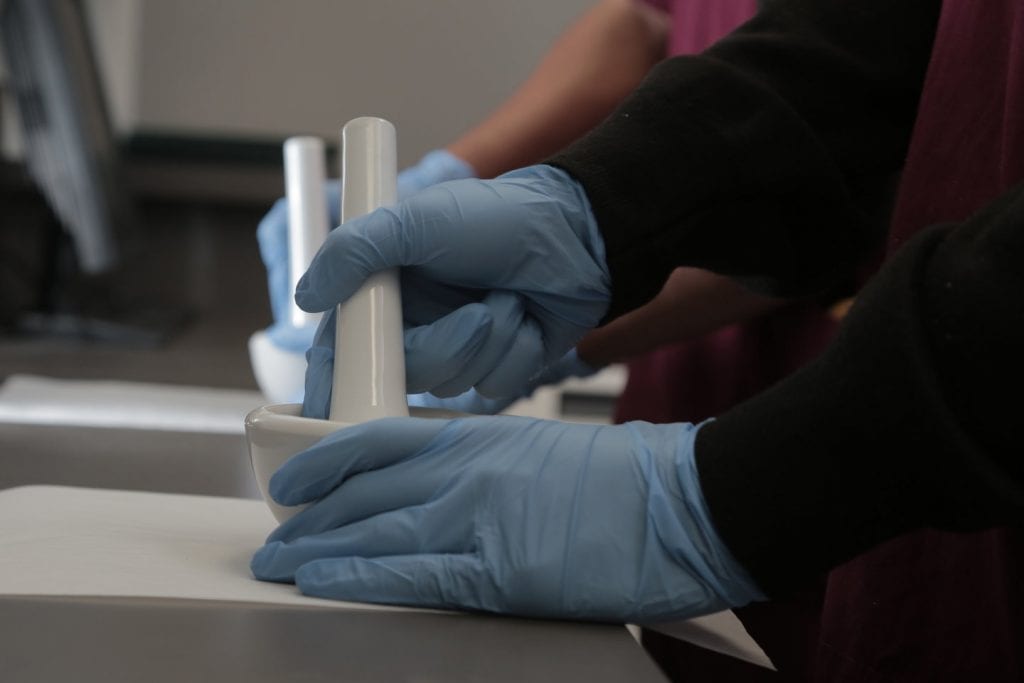
Why should you choose a career as a pharmacy technician?
There are many reasons you should become a pharmacy technician. For one, it is an occupation in demand. According to the Bureau of Labor Statistics (BLS), the employment of pharmacy technicians is projected to increase by 12 percent through 2026. Not only that, you can finish most training programs, which we’ll get to later, in less than a year. Above all, you will be making sure patients get the prescriptions they need to return to full health.
How do you become a pharmacy tech?
Diploma programs can typically be completed in a year or less. You may be required to pass a certification exam, depending on the state in which you work. A training program offers a foundation on which to build your career.
Do you need a degree to be a pharmacy tech?
Pharmacy technicians typically complete diploma programs at local community colleges or trade schools. Enrolling in a pharmacy technician program is a good idea because you can learn the skills you will use in the field and feel confident performing the necessary tasks in your first job. It will also make it easier to pass a licensure exam if one is required by your state.
How much does it cost to become a pharmacy tech?
The cost of becoming a pharmacy tech depends on whether or not you enroll in a training program at a trade school or community college and whether you need to pass a licensure exam. Costs vary depending on the school you choose to attend and the program in which you enroll. Financial aid is typically available at most institutions to individuals who qualify. Time is another cost to consider when becoming a pharmacy technician. As you saw earlier, diploma programs can be completed in under a year, though some schools offer associate degree programs that tend to take longer.
Do pharmacy technicians work in hospitals?
Yes. Approximately 16 percent of pharmacy technicians work in hospitals, according to the BLS. They also work in drugstores, pharmacies and other stores that offer pharmacy services.
Now that you have some of your questions answered, maybe you have made up your mind that being a pharmacy technician is the career for you. That’s great news! All that is left for you to do is find a school that offers a quality pharmacy technician training program. For those of you in the Chicago area, your first choice should be Coyne College.

Start Your Pharmacy Technician Career at Coyne College
Coyne College’s Pharmacy Technician program will provide you with a comprehensive education in the pharmacy technician occupation. At the end of the program, which can be finished in as little as 42 weeks, you can feel confident and ready to start your new career in the pharma industry as a certified pharmacy technician.
Coyne’s experienced instructors will teach you the essential skills you need to excel in the field. As a student in the program, you’ll receive extensive instruction on relevant topics such as:
- Medical terminology
- Anatomy and pathophysiology
- Laws, ethics and principles of pharmacy practice
- Billing, records and inventory management
Coyne College’s Pharmacy Technician program has a day option at their campus at the intersection of State and Madison streets. Coyne College is dedicated to helping you fit an education into your busy schedule.
Coyne College is proud to offer an array of career services and job placement resources, including mock interviews, externships, resume assistance and a vast alumni network that can help you land entry-level employment after completing the program.
Now is a great time to become a pharmacy technician and be part of bettering the health of the world’s population. Write yourself a prescription for a career as a pharmacy technician and get started today by visiting https://www.coynecollege.edu/.




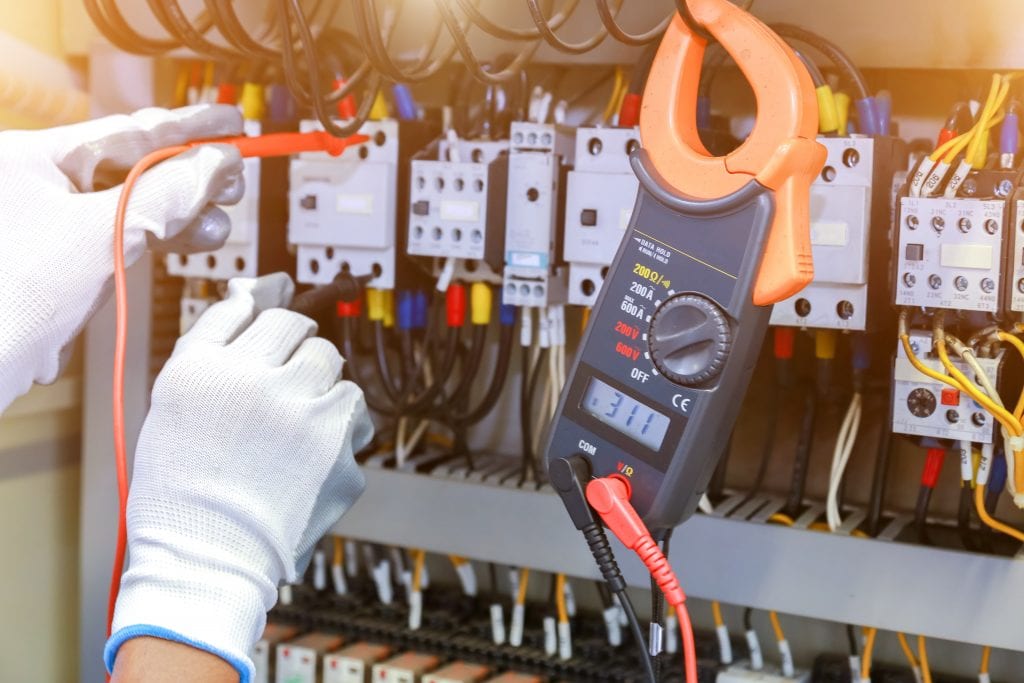
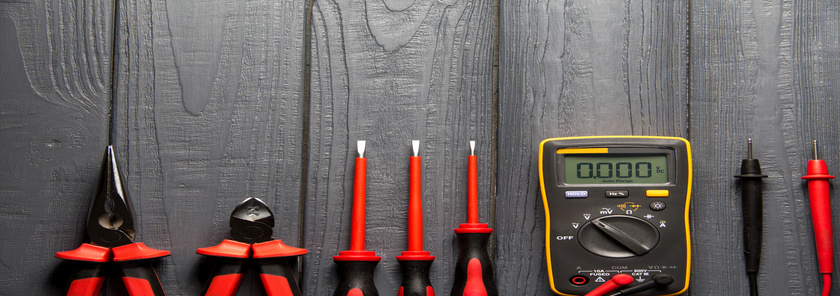
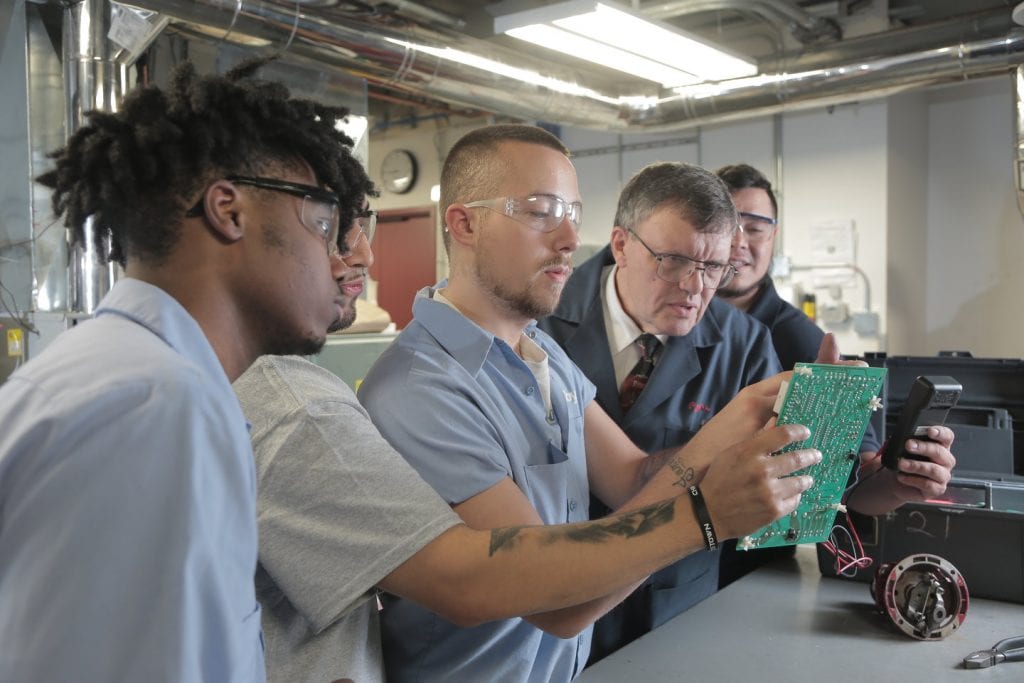
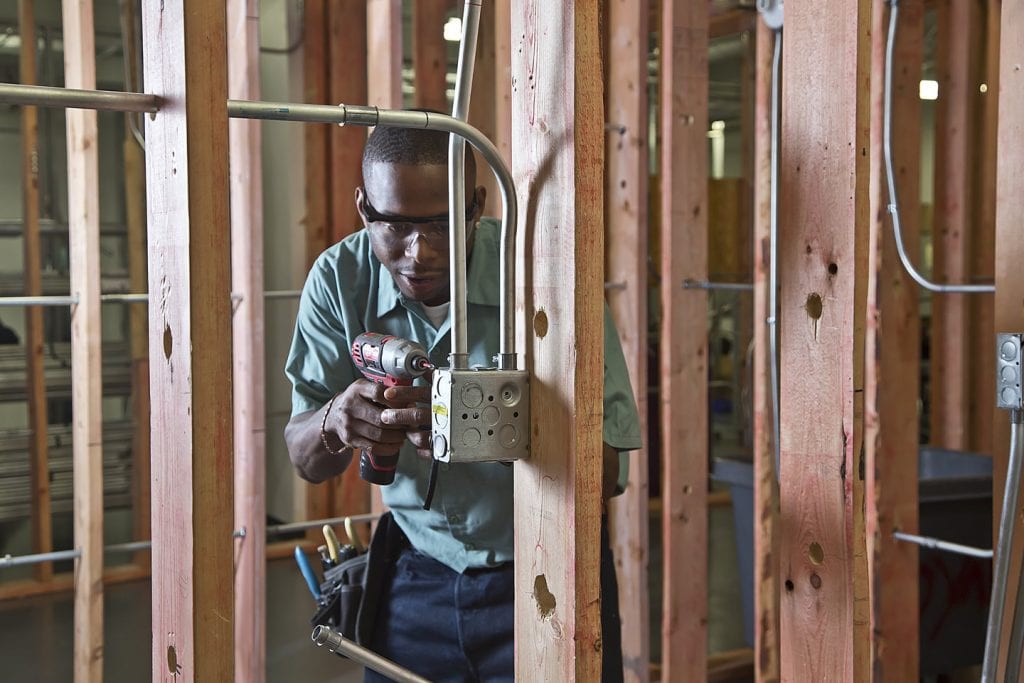

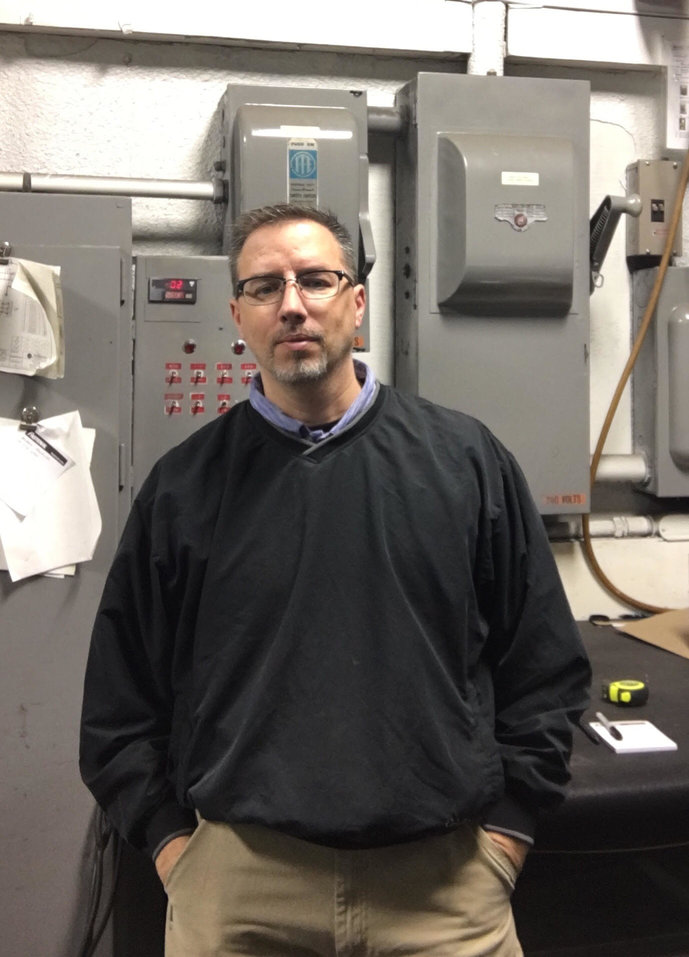

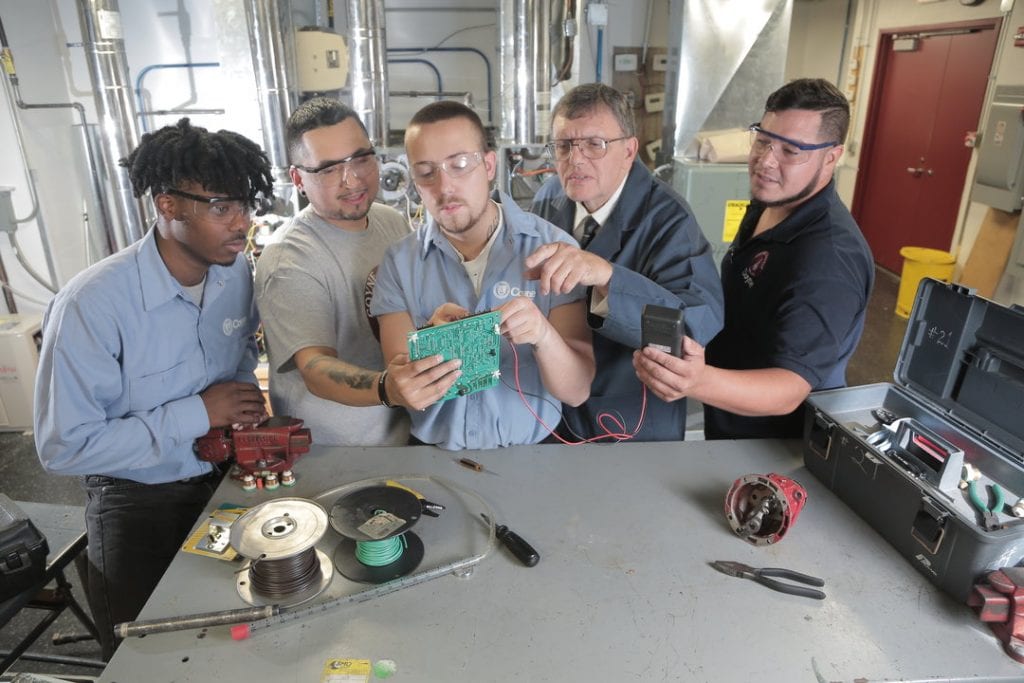
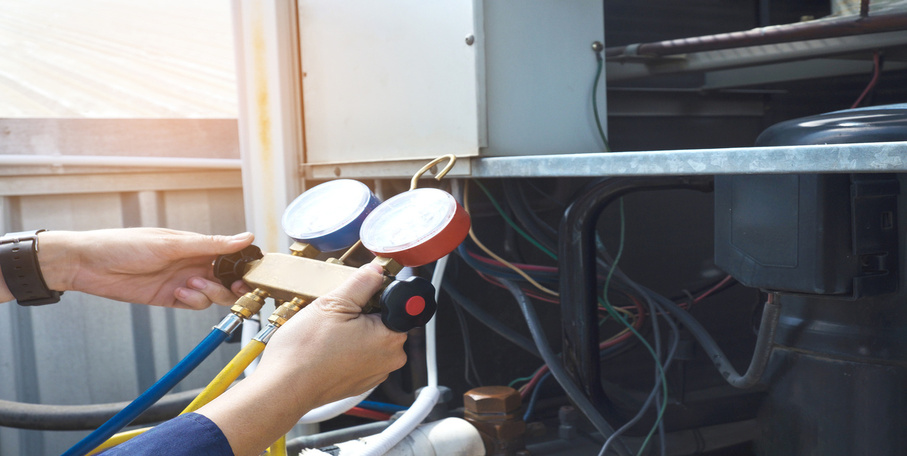

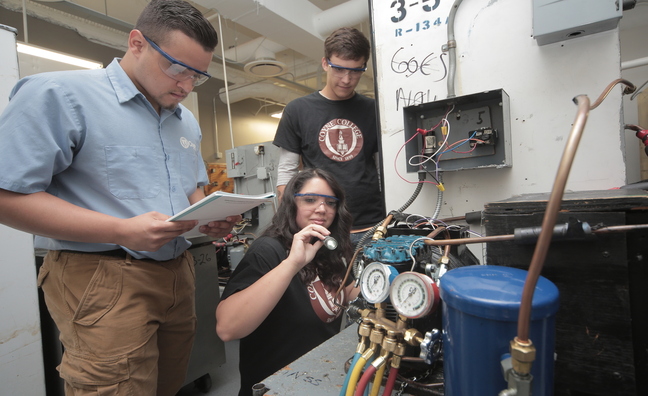
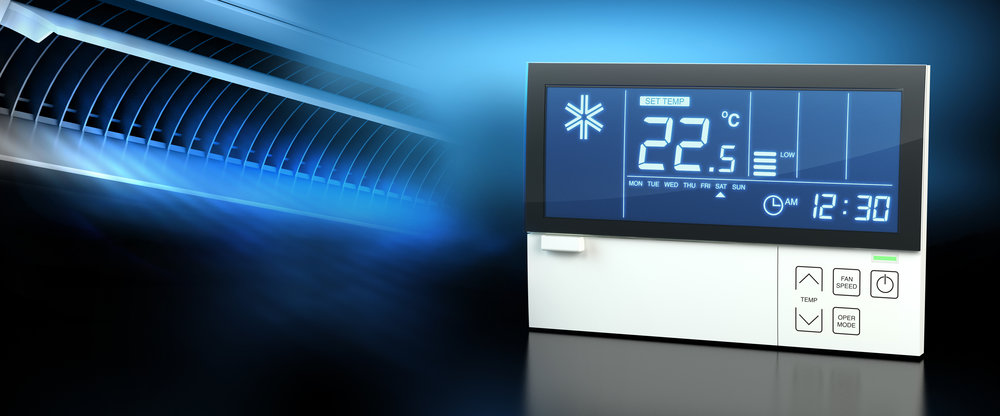
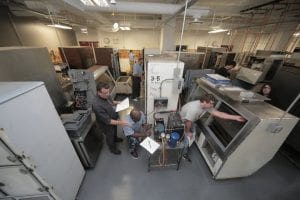 Coyne College is one of the premier trade schools in Chicago. Coyne is proud to maintain this status by thoroughly training aspiring HVAC-R technicians in its diploma program in the skilled trade.
Coyne College is one of the premier trade schools in Chicago. Coyne is proud to maintain this status by thoroughly training aspiring HVAC-R technicians in its diploma program in the skilled trade.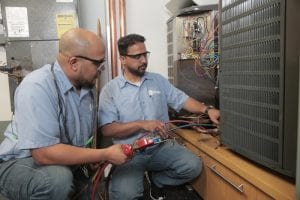 Over the course of the program, you will become well versed in the intricacies of HVAC-R by learning from experienced instructors who have significant experience in the field.
Over the course of the program, you will become well versed in the intricacies of HVAC-R by learning from experienced instructors who have significant experience in the field.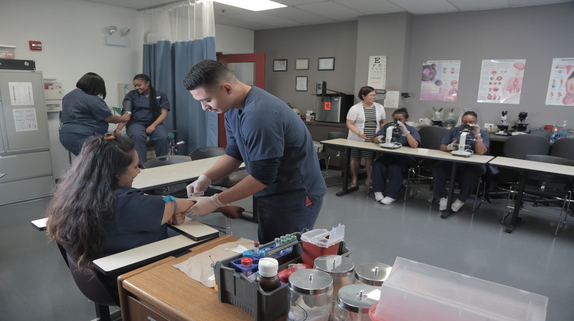
 Medical assistants commonly perform tasks such as taking patients’ vitals, recording patient information, helping doctors with patient exams and scheduling appointments. The duties of medical assistants vary depending on the doctors and nurses under whom they work. Different medical offices have different needs. Some offices may need someone to handle mostly clerical tasks, whereas others may need a medical assistant to be more involved in helping with patient care. The beauty of being a medical assistant is that you will be prepared to handle the needs of any medical office.
Medical assistants commonly perform tasks such as taking patients’ vitals, recording patient information, helping doctors with patient exams and scheduling appointments. The duties of medical assistants vary depending on the doctors and nurses under whom they work. Different medical offices have different needs. Some offices may need someone to handle mostly clerical tasks, whereas others may need a medical assistant to be more involved in helping with patient care. The beauty of being a medical assistant is that you will be prepared to handle the needs of any medical office.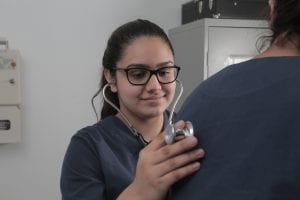 Coyne College is one of Chicago’s premier trade schools, proudly offering its medical assistant program to future healthcare professionals. To best accommodate working adults, Coyne offers day and night options for the medical assisting program. Coyne College’s medical assisting program is offered at the Coyne College campus, located in the heart of the Chicago Loop at the intersection of State and Madison streets.
Coyne College is one of Chicago’s premier trade schools, proudly offering its medical assistant program to future healthcare professionals. To best accommodate working adults, Coyne offers day and night options for the medical assisting program. Coyne College’s medical assisting program is offered at the Coyne College campus, located in the heart of the Chicago Loop at the intersection of State and Madison streets.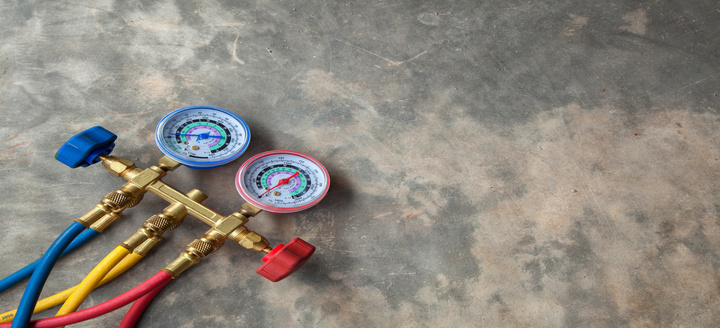
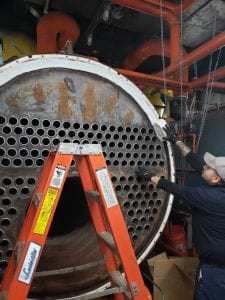 He did and graduated from Coyne College in August 2016. “I was very surprised I was able to get a job as soon as I graduated,” he says. Rosales works in the HVAC department at the Museum of Science and Industry. “A lot of the workers have been here so many years because it’s such a good position. It’s very rare to have any openings here.” He says one colleague, also a Coyne graduate, retired after 35 years. Another Coyne alum has worked at the museum for 20 years.
He did and graduated from Coyne College in August 2016. “I was very surprised I was able to get a job as soon as I graduated,” he says. Rosales works in the HVAC department at the Museum of Science and Industry. “A lot of the workers have been here so many years because it’s such a good position. It’s very rare to have any openings here.” He says one colleague, also a Coyne graduate, retired after 35 years. Another Coyne alum has worked at the museum for 20 years. Rosales is glad he veered away from business administration and toward HVAC. “When I was looking into the field, I saw nothing but great things,” he says. “By 2020, a lot of the units are going to be obsolete, and they’ll need to be replaced. So, in a few years, HVAC is going to be booming.” What he didn’t like about business management was that “everyone” was getting into it, and he expected it to be an oversaturated field.
Rosales is glad he veered away from business administration and toward HVAC. “When I was looking into the field, I saw nothing but great things,” he says. “By 2020, a lot of the units are going to be obsolete, and they’ll need to be replaced. So, in a few years, HVAC is going to be booming.” What he didn’t like about business management was that “everyone” was getting into it, and he expected it to be an oversaturated field.